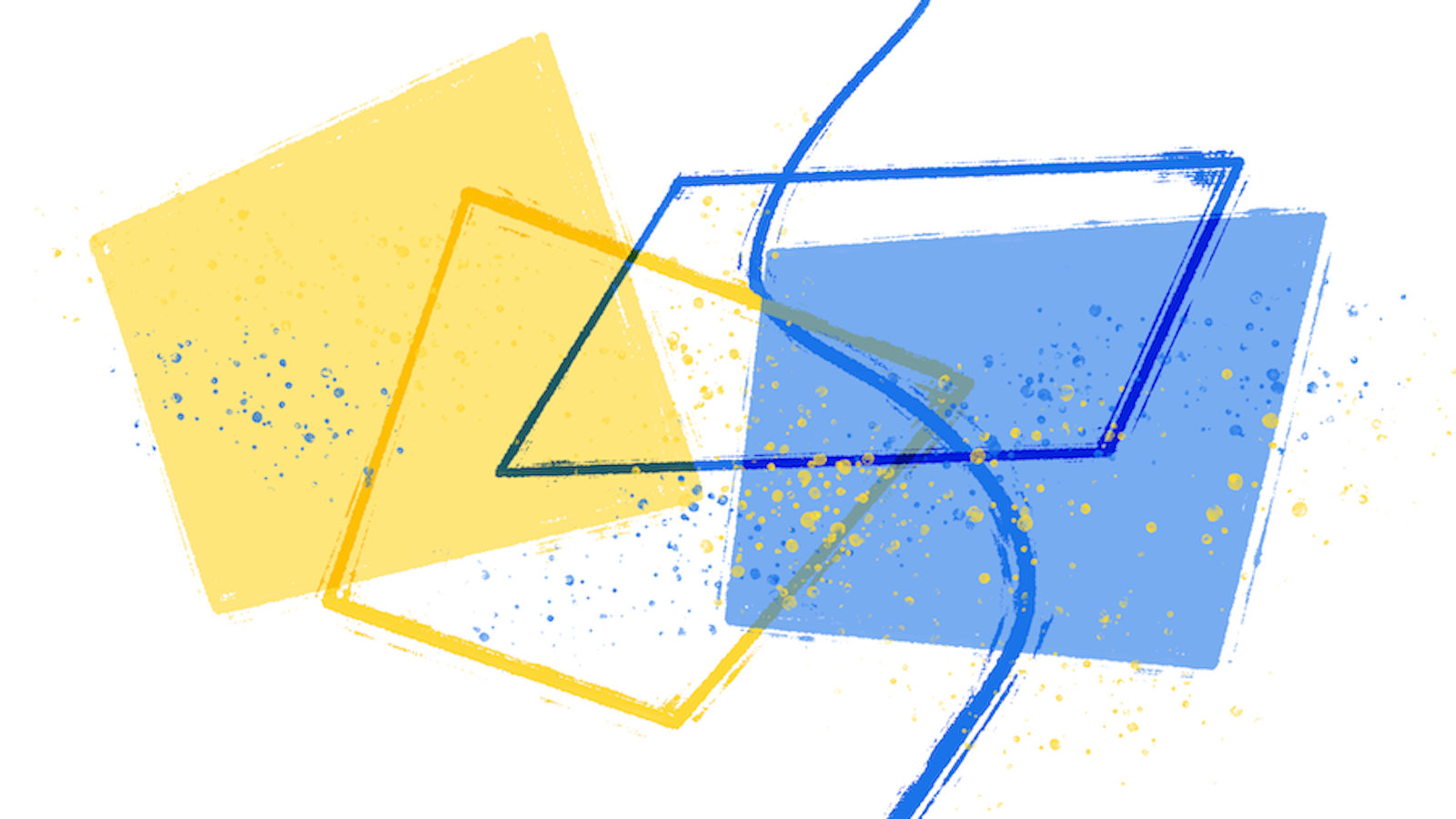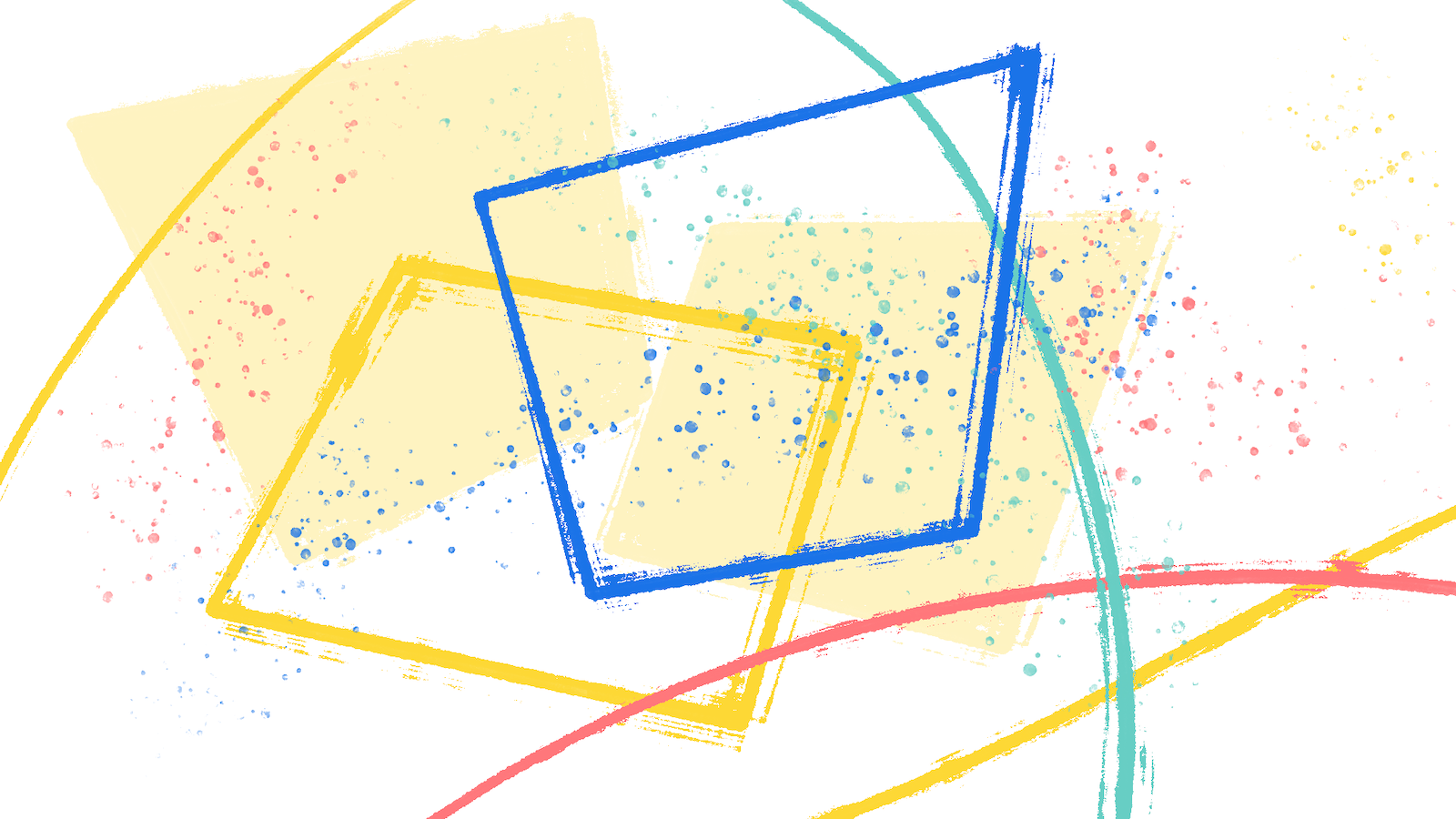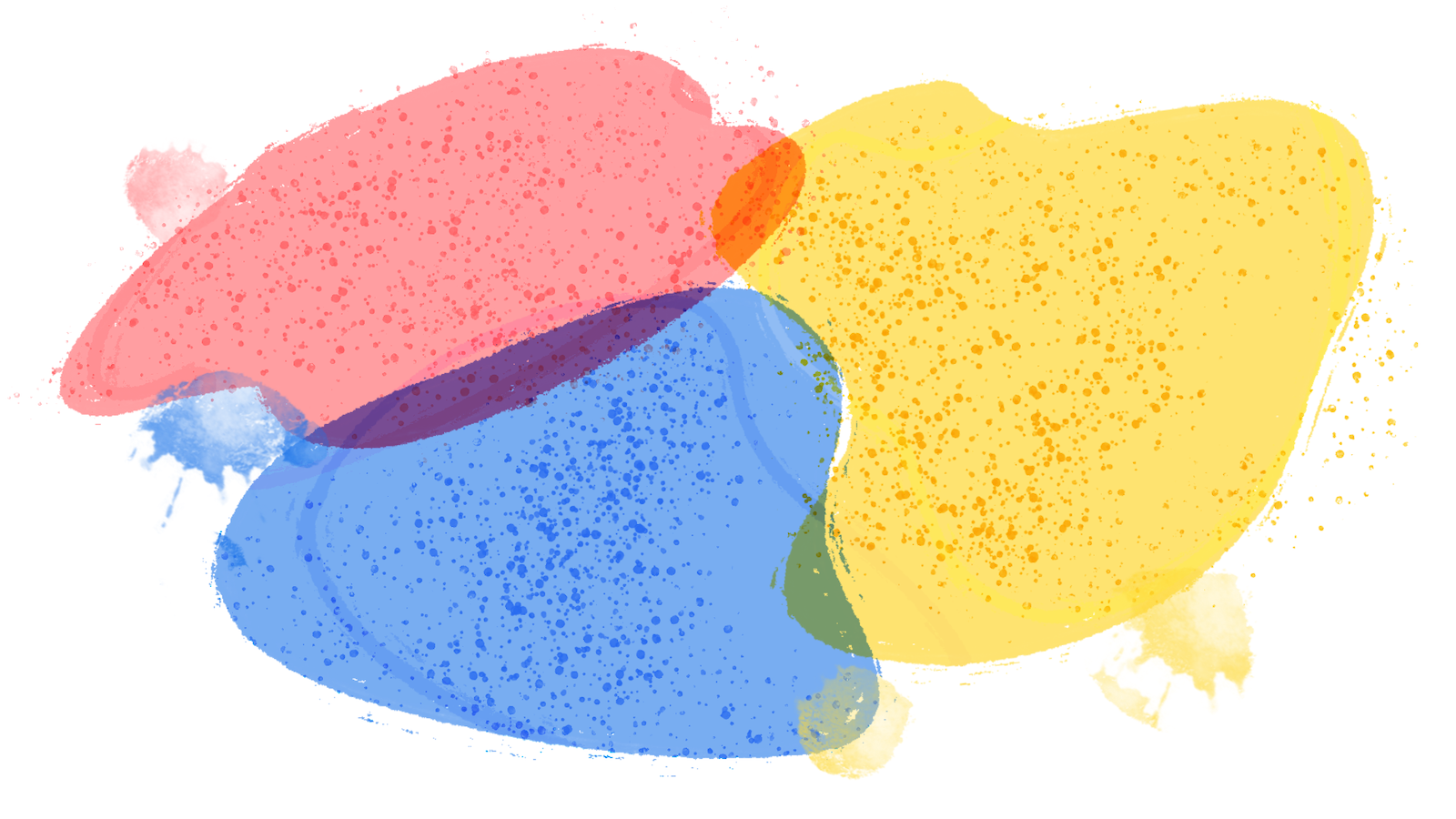Foundational courses
The foundational courses cover machine learning fundamentals and core concepts.
We recommend taking them in the order below.
Introduction to Machine Learning
A brief introduction to machine learning.
New
Machine Learning Crash Course
A hands-on course to explore the critical basics of machine learning.
Problem Framing
A course to help you map real-world problems to machine learning solutions.
Advanced courses
The advanced courses teach tools and techniques for solving a variety of machine learning problems.
The courses are structured independently. Take them based on interest or problem domain.
Recommendation Systems
Recommendation systems generate personalized suggestions.
Clustering
Clustering is a key unsupervised machine learning strategy to associate related items.
Generative Adversarial Networks
GANs create new data instances that resemble your training data.
Guides
Our guides offer simple step-by-step walkthroughs for solving common machine learning problems using best practices.
Rules of ML
Become a better machine learning engineer by following these machine learning best practices used at Google.
People + AI Guidebook
This guide assists UXers, PMs, and developers in collaboratively working through AI design topics and questions.
Text Classification
This comprehensive guide provides a walkthrough to solving text classification problems using machine learning.
Good Data Analysis
This guide describes the tricks that an expert data analyst uses to evaluate huge data sets in machine learning problems.
Deep Learning Tuning Playbook
This guide explains a scientific way to optimize the training of deep learning models.
Data Traps
This guide presents common mistakes that ML practitioners might encounter when working with data and statistics.
Intro to Responsible AI
This beginner guide gives an overview of how to build fairness, accountability, safety, and privacy into AI systems.
Adversarial Testing for Generative AI
Walk through an example adversarial testing workflow.
Glossaries
The glossaries define machine learning terms.























